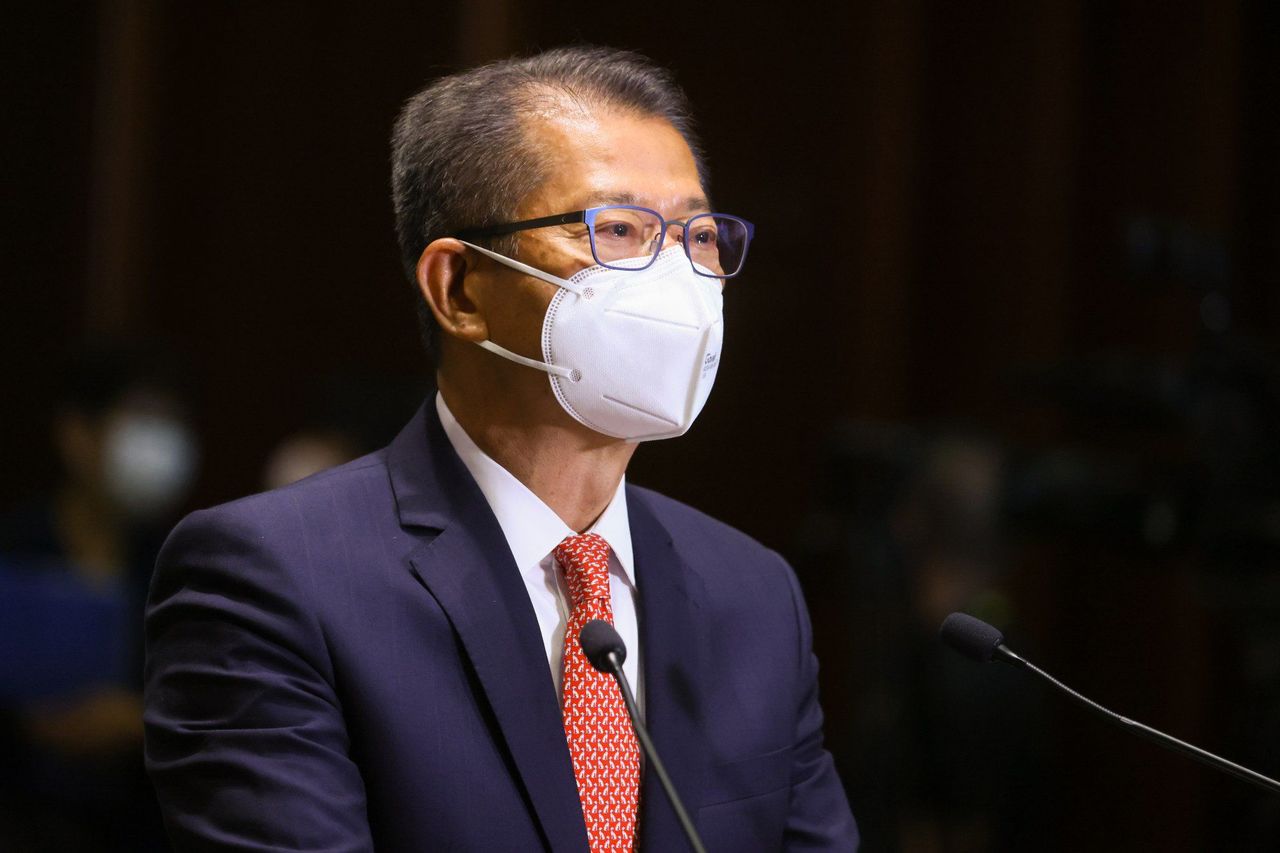Hong Kong News

Is Hong Kong taking a leaf from Singapore playbook on the economy?
Hong Kong will roll out an aggressive investment-led strategy to steer economic development, starting with a HK$30 billion (US$3.8 billion) fund to entice overseas enterprises to set up businesses in the city in what is seen as a radical departure from its past conservative approach of leaving such outcomes to market forces.
In his maiden policy address on Wednesday, Chief Executive John Lee Ka-chiu said the government would introduce new set-ups and measures to drive the city’s economic growth and enhance its competitiveness, expressing his determination to compete for enterprises, investment and talent.
Among the raft of schemes is a newly formed Steering Group on Integration into National Development chaired by Lee to formulate strategic plans on the Greater Bay Area development and collaboration with mainland Chinese authorities as well as the Belt and Road countries in trade, commerce and professional services.
A government source said the steering group would devise strategies and press ahead with initiatives across bureaus to promote the city’s status as a global hub for eight key industries, including finance, innovation and technology (I&T), trading, shipping and aviation.
“Hong Kong is one of the most competitive economies in the world,” Lee said.
“It also serves as an important gateway connecting the mainland with global markets. We must be more proactive and aggressive in ‘competing for enterprises’ and ‘competing for talent’.
“To enhance our competitiveness, the government will put in place new institutional set-ups and implement an array of new initiatives targeted at attracting enterprises, investment and talent.”
Another key initiative is the formation of a new Hong Kong Investment Corporation (HKIC), led by Financial Secretary Paul Chan Mo-po, which will set aside HK$30 billion to form a Co-Investment Fund for attracting enterprises by investing in their business.
“With the Co-Investment Fund, the government will consider co-investing in individual projects of the target enterprises, taking into account their potential to drive industry development in Hong Kong,” Lee said.
While it is a new initiative for the Hong Kong government, foreign countries have a long history of setting up their own investment fund to make bets on the sources of their future economic growth.
Singapore is one example, setting up Temasek, a state holding company, in 1974 with an initial portfolio of S$354 million to hold and manage investments and assets previously held by its government. The portfolio comprised shares in companies, start-ups and joint ventures previously held by the Singapore government such as a bird park, a hotel, a start-up airline, and an iron and steel mill.
In a press conference on Wednesday afternoon, Lee explained that the companies targeted by the new fund would not be limited to tech firms.
He said a new board, made up of professionals and experts, would advise the financial secretary on what companies to attract and co-invest in. They hoped that by attracting famous corporations to Hong Kong, others in the global business community would have more confidence in the city, Lee added.
Lee’s administration will also set up the Office for Attracting Strategic Enterprises (OASES) to be led by Chan for attracting strategic enterprises from the mainland and overseas by offering them special facilitation measures such as land, tax and financing as well as one-stop services including visa applications and education arrangements for their children.
The office, which appears to mirror Singapore’s Economic Development Board in scope, will be established within this year and tasked with attracting high-potential enterprises from around the globe, particularly those from industries of strategic importance, such as life and health technology, artificial intelligence and data science, financial technology (fintech), and advanced manufacturing and new energy technology.
 Financial Secretary Paul Chan is set to helm a new Hong Kong Investment Corporation as part of efforts to attract enterprises.
Financial Secretary Paul Chan is set to helm a new Hong Kong Investment Corporation as part of efforts to attract enterprises.
It will also launch dedicated teams in the government’s mainland offices and overseas Economic and Trade Offices to proactively reach out to businesses and talent to persuade them to pursue development in Hong Kong.
Economist Simon Lee Siu-po, an honorary fellow at the Asia-Pacific Institute of Business at Chinese University, said it was obvious Hong Kong had drawn on the experience of Temasek by setting up the Co-Investment Fund.
“Hong Kong has been lagging far behind Singapore in terms of setting up its own investment fund. It should have been done a long time ago,” he said. “The government may need to wait for at least 10 years to see good returns.”
Lee said that despite the government seemingly deviating from its non-interventionist approach, the move was justified and necessary in times of adversity.
“I won’t call the government an interventionist. When it is now facing a deficit of over HK$100 billion, it needs to find other financial means to increase its income,” he said. “This is the right move.”
Biomedical scientist Ricky Chiu Yin-to, chairman and chief executive officer of biotech company Phase Scientific, welcomed the establishment of the HKIC and called for more aggressive investments.
“This ‘Hong Kong version of Temasek’ is a good way of thinking and we should have a company like this here. I really wish there were enough voices and investors with great vision to make some risk-taking decisions on potential companies,” Chiu said, adding the government tended to play safe on investment in the past.
Yuen Mo, chairman of the Chinese General Chamber of Commerce of Hong Kong, said the establishment of OASES and the Co-Investment Fund was critical for industries including health tech, artificial intelligence and data science to widen the foundation of Hong Kong’s economy.
“Widening corporate investment and talent acquisition are the key elements to boost the Hong Kong economy. It also helps to create more jobs and enhances the attractiveness of Hong Kong as an international metropolis,” Yuen said.
 John Lee’s policy address has also laid out six transport infrastructure projects, split evenly between rail and road links.
John Lee’s policy address has also laid out six transport infrastructure projects, split evenly between rail and road links.
Lee also announced six transport infrastructure projects – three rail links and three highways – to complement the development of the proposed Northern Metropolis, a massive economic, infrastructure and IT hub that is promised to create thousands of new jobs and homes, as well as economic integration with the mainland.
They include bringing forward detailed planning and route design for the Hong Kong-Shenzhen West Rail Link connecting Hung Shui Kiu and Qianhai, the economic zone in Shenzhen; a proposed Central Rail Link which will connect Yuen Long with Kowloon Tong via Kwai Chung; and the construction of the Sha Tin Bypass linking Tai Po with Kowloon West.
The others are the Northern Metropolis Highway connecting Tin Shui Wai in the northwestern New Territories and Kwu Tung North in the east via San Tin, the TKO-Yau Tong Tunnel and the TKO Line Southern Extension to TKO Area 137.
Separately, the Innovation, Technology and Industry Bureau said it would attract no fewer than 100 high-potential I&T enterprises to set up or expand their businesses in the city in the next five years, including at least 20 top-notch firms by collaborating with OASES and utilising the HK$5 billion Strategic Tech Fund as well as the land and space provided in the Lok Ma Chau Loop.
The bureau will also earmark HK$10 billion to launch the “Research, Academic and Industry Sectors One-plus Scheme” next year. It will fund at least 100 research teams in universities that have good potential to become start-ups on a matching basis.











